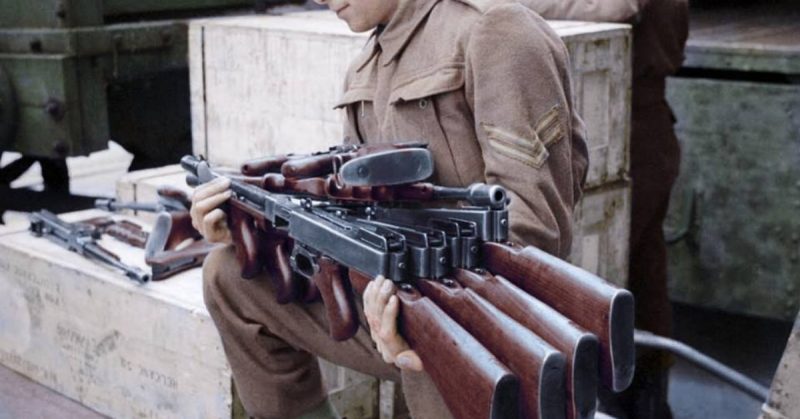War is an expensive business and requires a massive manufacturing and logistical support system to prosecute successfully. When the United States was pulled into World War II after the attack on Pearl Harbor, President Roosevelt recognized the need for the U.S. to build the “arsenal of democracy.” The U.S. needed to be able to support its allies in Europe while also taking on the might of the Japanese Empire.
On October 27, 1944, President Roosevelt gave a Navy Day speech in which he praised the efforts of American businesses, labor forces, and farmers, saying, “These [service]men could not have been armed and equipped as they were without the miracle of production here at home.”
In 1940, U.S. defense spending was at $1.5 billion, and by 1945 it had hit $81.5 billion. Today the U.S. spends more than $600 billion on its military.
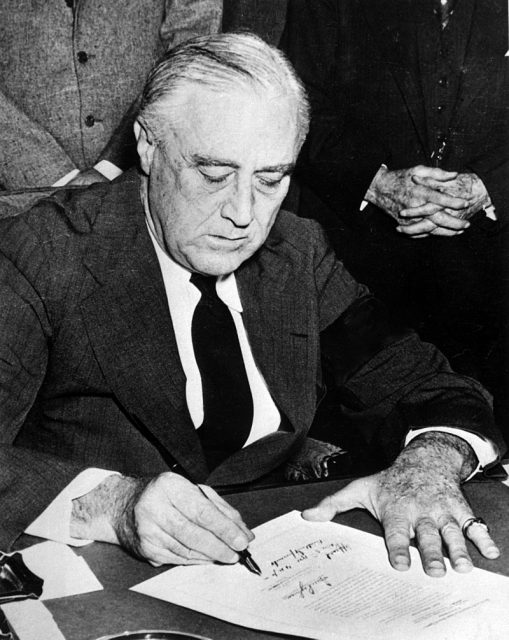
Submachine Guns
At the beginning of the war, the British placed an order for 107,000 Thompson TSMG M1 “Tommy” guns with contracts totaling more than $21 million–making a single weapon approximately $200, or $10,500 apiece in today’s money.
Cost reduction was pursued through simplifying the design. By the spring of 1942, the price had dropped to $70, and by 1944 it hit a low point of $45 per gun.
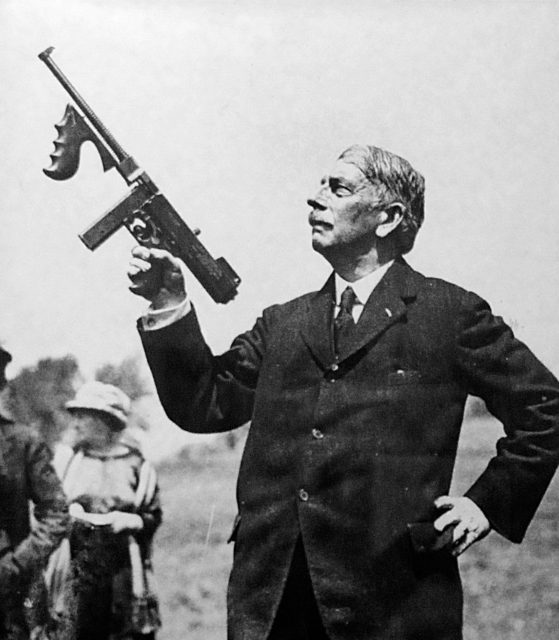
At the end of the war more than 1.5 million M1A1 submachine guns had been produced. Today, gun enthusiasts can pay $3,000 for a standard gun, and anywhere from $25-40,000 for a collectible item at auction.
If $45 for a submachine gun in 1944 seems like a bargain, one might be surprised to learn that the Brits were able to punch out a submachine gun for $10.
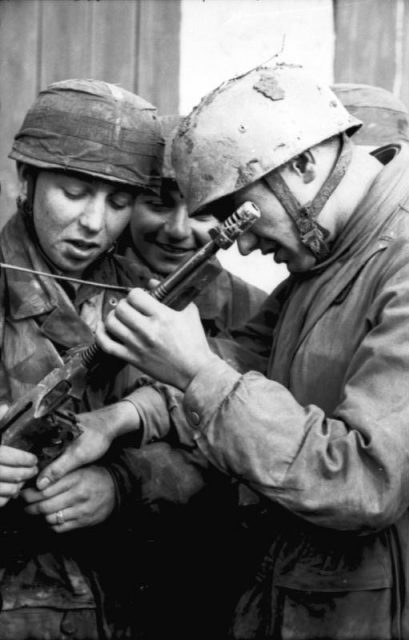
It wasn’t pretty: stamped out of metal with minimal welding required, the Sten gun was so simple to produce that Polish partisans put their own versions of it together, right under the noses of occupying forces.
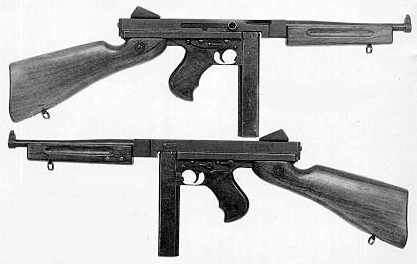
Spurred on by the recent failure at Dunkirk and the very real possibility of an invasion in 1940, the British managed to mass produce five million of these guns by 1945.
They weren’t the most reliable small arms available–there were issues with misfires and jamming, but they were effective up to 100 yards. In the brutal close combat of WWII, the Sten gun was an ideal weapon.
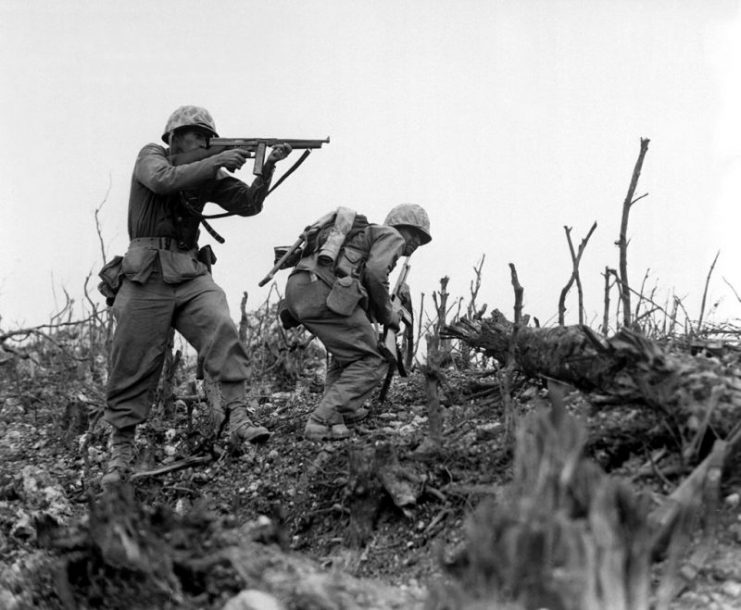
The Germans had their own MP 40 Maschinenpistole, which Erma-Werke produced in excess of 1.1 million by 1945. It is difficult to quantify the cost of these weapons, as many were produced using slave labor. Two thousand workers were moved to a forced labor camp in Erfurt to maintain production in 1940.
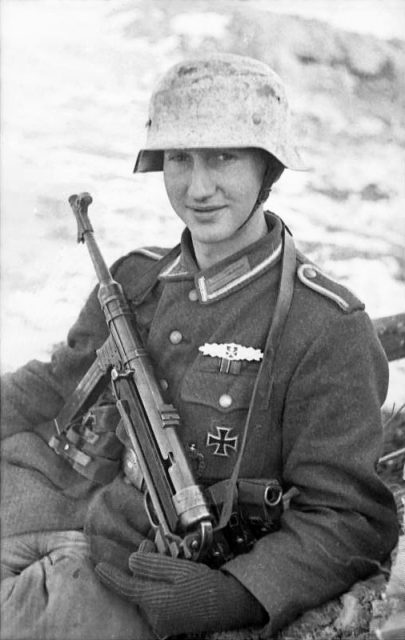
Handguns
The P08 Luger was a prized trophy for Allied forces operating in Europe. German infantry took advantage of this fact when retreating, by using the guns to bait booby traps and minefields.
Rumors also spread that U.S. servicemen were being executed if found in possession of a Luger, and that the guns were unreliable, causing accidental injury to servicemen.
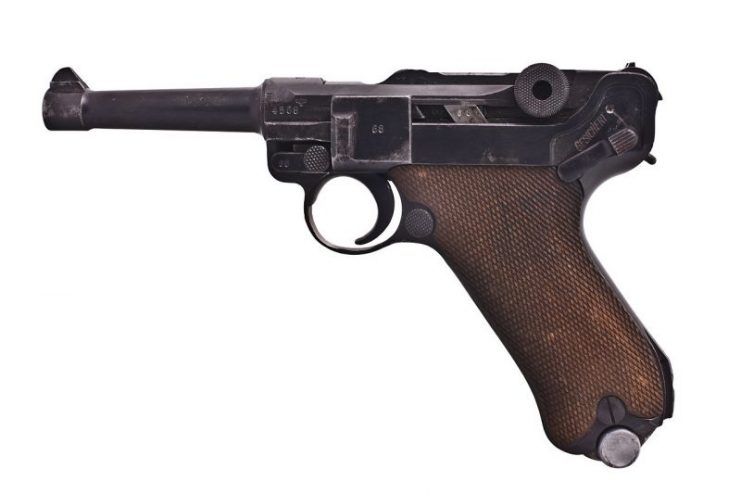
Before WWII, Lugers were used by both the Swiss and German armies. After the war, the French took over production as an occupying force, moving works to France and supplying their own gendarmerie with sidearms. The cost in 1940 would have been about $13, almost $700 today.
Next up is what could be described as one of the most popular sidearms of the twentieth century: the 1911 Colt .45 caliber pistol. Adopted by the U.S. Army and first tested during the Mexican Expedition in 1916, this gun remained in service in the U.S. for seventy years.
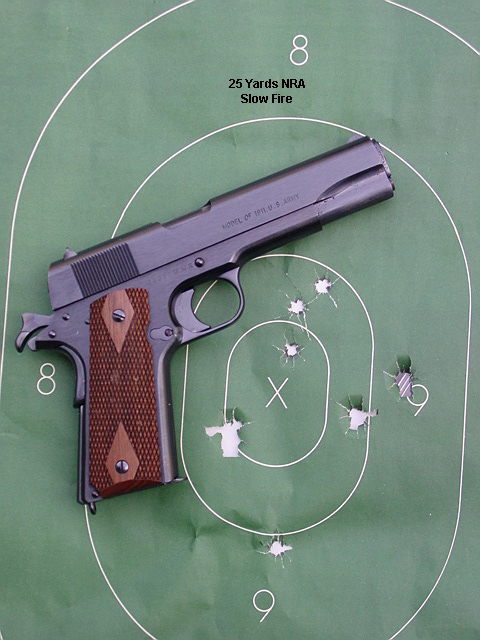
During WWII, more than three million Colts were produced. More than half were for American forces, and the rest for overseas allies. Their cost to the U.S. government was approximately $15 apiece in 1945.
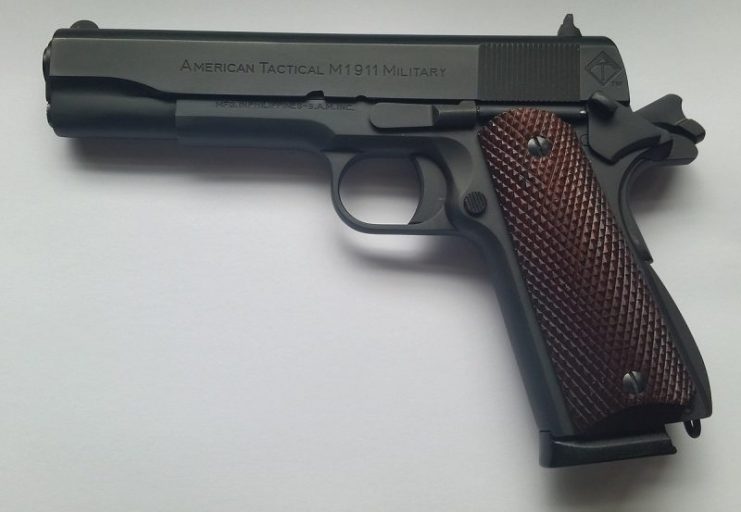
Read another story from us: Sub-Machine Guns – Preferred Weapon of Heroes And Outlaws
On December 29, 2006, Great Britain paid $83.25 million to the U.S., the final of fifty payments under the Lend-Lease agreement set up during WWII to take advantage of America’s “miracle of production.”
It was more than sixty years after the end of hostilities, but these days the British spend more than $50 billion on defense, which puts that figure into some perspective.
